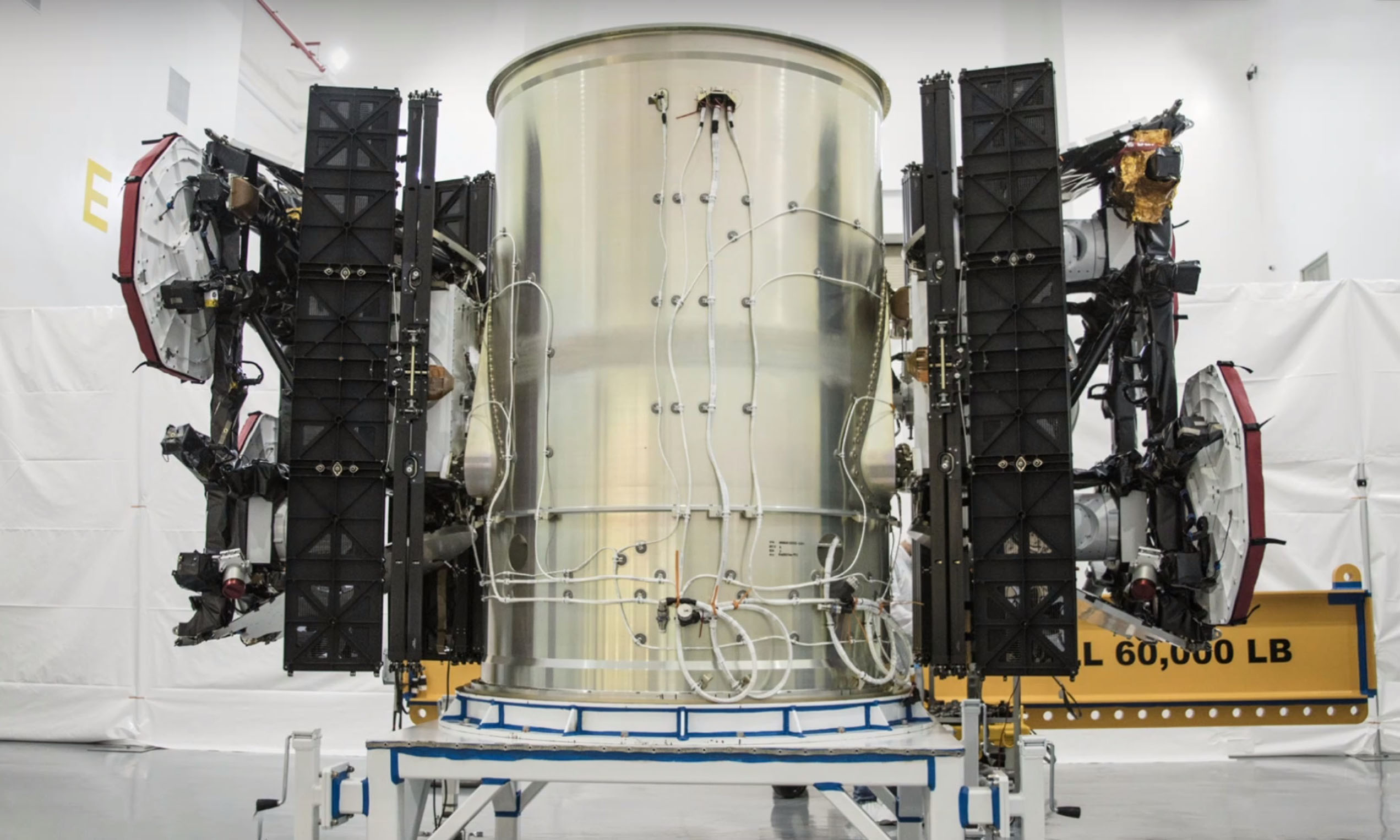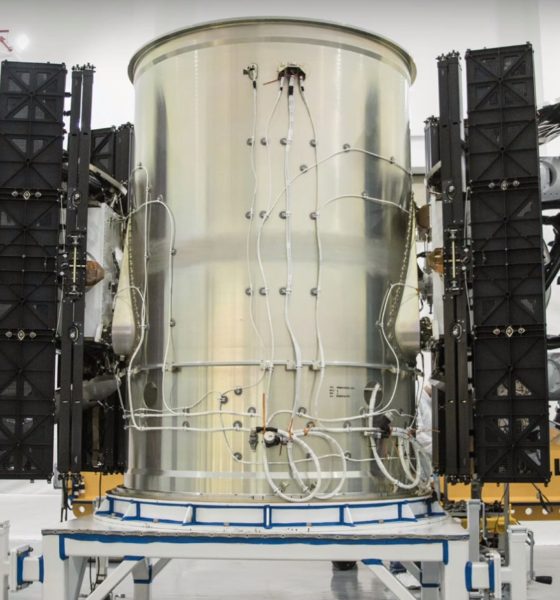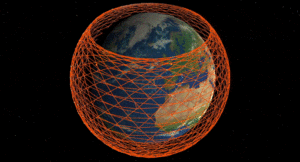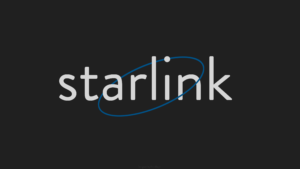

News
SpaceX’s Starlink eyed by US military as co. raises $500-750M for development
In a reasonably predictable turn of events, SpaceX has been awarded a healthy $28.7M contract to study, develop, and test possible military applications of its prospective Starlink internet satellite constellation.
Previously reported by Teslarati in August 2018, FCC applications related to Starlink revealed that SpaceX had plans to develop and test Starlink interconnectivity with conformal antenna arrays installed on aircraft, all but directly pointing to military involvement with a reference to the need for aerial maneuvers “[representative] of a high-performance aircraft.”
The Air Force just gave @SpaceX $28.7 million for Starlink experimentation. https://t.co/fr2bBHJkDN
— Eric Berger (@SciGuySpace) December 21, 2018
Around the same time as those FCC documents surfaced, the US Air Force Research Laboratory (AFRL) spoke with AviationWeek about plans to experiment with the potential capabilities offered by a flurry of proposed low Earth orbit (LEO) internet satellite constellations, including the likes of SpaceX’s Starlink, OneWeb, a Telesat network, and others. While no specific companies were fingered in AFRL’s public statements, it was far too convenient to be a coincidence. Four months later, the below transaction was published in the Department of Defense’s running list of new contract awards:
“[SpaceX], Hawthorne, California, has been awarded a $28,713,994 competitive, firm-fixed-price … agreement for experimentation … in the areas of establishing connectivity [and] operational experimentation … [and] will include connectivity demonstrations to Air Force ground sites and aircraft for experimental purposes. For the proposed Phase 2, the awardee proposes to perform experiments [with] early versions of a commercial space-to-space data relay service and mobile connectivity directly from space to aircraft.” – Department of Defense, FBO FA8650-17-S-9300
Those dots were fairly easy to connect earlier this year, but this agreement confirms the apparent arrangement with certainty. Almost three months after SpaceX could have received its initial funding, it’s possible that the company has already begun basic testing along the described lines with the two prototype Starlink satellites currently in orbit, although no FCC or FAA filings (that I am aware of) have suggested that those tests are ongoing. SpaceX may be waiting for the launch of a second generation of Starlink prototype satellites to begin seriously putting its antenna and communications technologies through their mid-air paces.
SpaceX seeks approval for Starlink internet tests on high-performance govt. planes https://t.co/FSUFgFXOQW
— TESLARATI (@Teslarati) August 15, 2018
Early answers to the biggest question
At this point in time, the viability and potential utility of Starlink and other large LEO constellations are well established. What has not been established, however, is how exactly any of the proposed constellations – especially Starlink – can go from paper to orbit. In other words, the reasonable question to ask of any company pursuing such an endeavor is how they plan to fund the acquisition of capital-intensive manufacturing infrastructure and launch services.
Ultimately, SpaceX will receive $19.1M of the full $28.7M sum from the DoD in FY2019 (Oct 1, 2018 to Sept 30, 2019). This absolutely dwarfs all other contracts awarded thus far under the AFRL’s Defense Experimentation Using Commercial Space Internet (DEUCSI) program, which began in August 2017 and has since awarded $2.5M and $5.6M contracts to Iridium and L3, respectively. In the grand scheme of things, ~$30M is a pittance in the face of the extensive investments SpaceX needs to make if it hopes to mass-produce high-performance satellites at a truly unprecedented scale.
- An unofficial analysis of SpaceX’s first ~1600 Starlink satellites. (Mark Handley)
- One of the first two prototype Starlink satellites separates from Falcon 9’s upper stage, February 2018. (SpaceX)
- SpaceX’s Starlink satellite constellation efforts could provide the company with valuable experience that can be applied around Mars. (unofficial logo by Eric Ralph)
This is where a duo of major investment and fundraising developments come into play. In the last several months, word has gotten out that SpaceX secured a respectable $250M loan through the sale of debt, and more recently wrapped up an equity investment round to the tune of $500M, playing off of long-time investors with a demonstrated interest in belief in the company’s long-term vision. For unknown reasons, SpaceX had originally looked into raising the full $750M through a debt-equity loan, but – despite reports that its market was very healthy – soon cut the offering to $500M and eventually $250M, which it ultimately secured in November. Combined with a traditional $500M equity-investment uncovered earlier this month, SpaceX appears to have nearly completed fundraising of more than $750M in the second half of 2018 alone.
.@WSJ reports that @SpaceX is raising $500M to get its #Starlink broadband satellite service off the ground: https://t.co/dQTKE10NpB H/T @RolfeWinkler pic.twitter.com/ufx02xNWLv
— Alan Boyle 👽 (@b0yle) December 18, 2018
Put a different way, SpaceX has very rapidly gotten very serious about doubling down on Starlink. According to the Wall Street Journal, who originally broke the news of a new $500M equity round, that funding is to be predominately focused on getting Starlink up and running as a serious venture capable of mass-producing satellites. According to a recent Reuters analysis of the Starlink program, CEO Elon Musk challenged the company to begin dedicated launches of operational Starlink satellites as early as June 2019, and the company also plans to launch another round of improved (Gen 2) satellite prototypes early next year.
For prompt updates, on-the-ground perspectives, and unique glimpses of SpaceX’s rocket recovery fleet check out our brand new LaunchPad and LandingZone newsletters!

Elon Musk
Elon Musk and Tesla AI Director share insights after empty driver seat Robotaxi rides
The executives’ unoccupied tests hint at the rapid progress of Tesla’s unsupervised Robotaxi efforts.

Tesla CEO Elon Musk and AI Director Ashok Elluswamy celebrated Christmas Eve by sharing personal experiences with Robotaxi vehicles that had no safety monitor or occupant in the driver’s seat. Musk described the system’s “perfect driving” around Austin, while Elluswamy posted video from the back seat, calling it “an amazing experience.”
The executives’ unoccupied tests hint at the rapid progress of Tesla’s unsupervised Robotaxi efforts.
Elon and Ashok’s firsthand Robotaxi insights
Prior to Musk and the Tesla AI Director’s posts, sightings of unmanned Teslas navigating public roads were widely shared on social media. One such vehicle was spotted in Austin, Texas, which Elon Musk acknowleged by stating that “Testing is underway with no occupants in the car.”
Based on his Christmas Eve post, Musk seemed to have tested an unmanned Tesla himself. “A Tesla with no safety monitor in the car and me sitting in the passenger seat took me all around Austin on Sunday with perfect driving,” Musk wrote in his post.
Elluswamy responded with a 2-minute video showing himself in the rear of an unmanned Tesla. The video featured the vehicle’s empty front seats, as well as its smooth handling through real-world traffic. He captioned his video with the words, “It’s an amazing experience!”
Towards Unsupervised operations
During an xAI Hackathon earlier this month, Elon Musk mentioned that Tesla owed be removing Safety Monitors from its Robotaxis in Austin in just three weeks. “Unsupervised is pretty much solved at this point. So there will be Tesla Robotaxis operating in Austin with no one in them. Not even anyone in the passenger seat in about three weeks,” he said. Musk echoed similar estimates at the 2025 Annual Shareholder Meeting and the Q3 2025 earnings call.
Considering the insights that were posted Musk and Elluswamy, it does appear that Tesla is working hard towards operating its Robotaxis with no safety monitors. This is quite impressive considering that the service was launched just earlier this year.
Elon Musk
Starlink passes 9 million active customers just weeks after hitting 8 million
The milestone highlights the accelerating growth of Starlink, which has now been adding over 20,000 new users per day.

SpaceX’s Starlink satellite internet service has continued its rapid global expansion, surpassing 9 million active customers just weeks after crossing the 8 million mark.
The milestone highlights the accelerating growth of Starlink, which has now been adding over 20,000 new users per day.
9 million customers
In a post on X, SpaceX stated that Starlink now serves over 9 million active users across 155 countries, territories, and markets. The company reached 8 million customers in early November, meaning it added roughly 1 million subscribers in under seven weeks, or about 21,275 new users on average per day.
“Starlink is connecting more than 9M active customers with high-speed internet across 155 countries, territories, and many other markets,” Starlink wrote in a post on its official X account. SpaceX President Gwynne Shotwell also celebrated the milestone on X. “A huge thank you to all of our customers and congrats to the Starlink team for such an incredible product,” she wrote.
That growth rate reflects both rising demand for broadband in underserved regions and Starlink’s expanding satellite constellation, which now includes more than 9,000 low-Earth-orbit satellites designed to deliver high-speed, low-latency internet worldwide.
Starlink’s momentum
Starlink’s momentum has been building up. SpaceX reported 4.6 million Starlink customers in December 2024, followed by 7 million by August 2025, and 8 million customers in November. Independent data also suggests Starlink usage is rising sharply, with Cloudflare reporting that global web traffic from Starlink users more than doubled in 2025, as noted in an Insider report.
Starlink’s momentum is increasingly tied to SpaceX’s broader financial outlook. Elon Musk has said the satellite network is “by far” the company’s largest revenue driver, and reports suggest SpaceX may be positioning itself for an initial public offering as soon as next year, with valuations estimated as high as $1.5 trillion. Musk has also suggested in the past that Starlink could have its own IPO in the future.
News
NVIDIA Director of Robotics: Tesla FSD v14 is the first AI to pass the “Physical Turing Test”
After testing FSD v14, Fan stated that his experience with FSD felt magical at first, but it soon started to feel like a routine.

NVIDIA Director of Robotics Jim Fan has praised Tesla’s Full Self-Driving (Supervised) v14 as the first AI to pass what he described as a “Physical Turing Test.”
After testing FSD v14, Fan stated that his experience with FSD felt magical at first, but it soon started to feel like a routine. And just like smartphones today, removing it now would “actively hurt.”
Jim Fan’s hands-on FSD v14 impressions
Fan, a leading researcher in embodied AI who is currently solving Physical AI at NVIDIA and spearheading the company’s Project GR00T initiative, noted that he actually was late to the Tesla game. He was, however, one of the first to try out FSD v14.
“I was very late to own a Tesla but among the earliest to try out FSD v14. It’s perhaps the first time I experience an AI that passes the Physical Turing Test: after a long day at work, you press a button, lay back, and couldn’t tell if a neural net or a human drove you home,” Fan wrote in a post on X.
Fan added: “Despite knowing exactly how robot learning works, I still find it magical watching the steering wheel turn by itself. First it feels surreal, next it becomes routine. Then, like the smartphone, taking it away actively hurts. This is how humanity gets rewired and glued to god-like technologies.”
The Physical Turing Test
The original Turing Test was conceived by Alan Turing in 1950, and it was aimed at determining if a machine could exhibit behavior that is equivalent to or indistinguishable from a human. By focusing on text-based conversations, the original Turing Test set a high bar for natural language processing and machine learning.
This test has been passed by today’s large language models. However, the capability to converse in a humanlike manner is a completely different challenge from performing real-world problem-solving or physical interactions. Thus, Fan introduced the Physical Turing Test, which challenges AI systems to demonstrate intelligence through physical actions.
Based on Fan’s comments, Tesla has demonstrated these intelligent physical actions with FSD v14. Elon Musk agreed with the NVIDIA executive, stating in a post on X that with FSD v14, “you can sense the sentience maturing.” Musk also praised Tesla AI, calling it the best “real-world AI” today.











